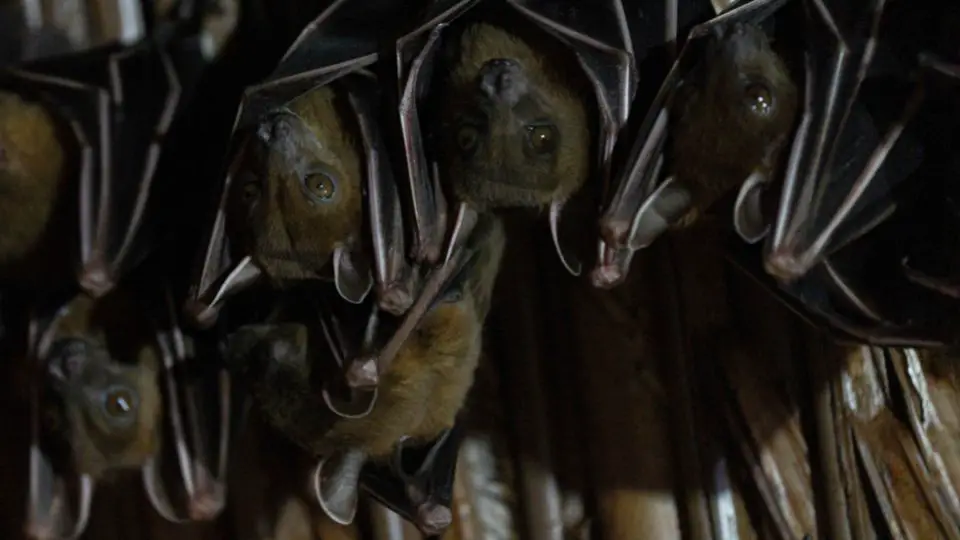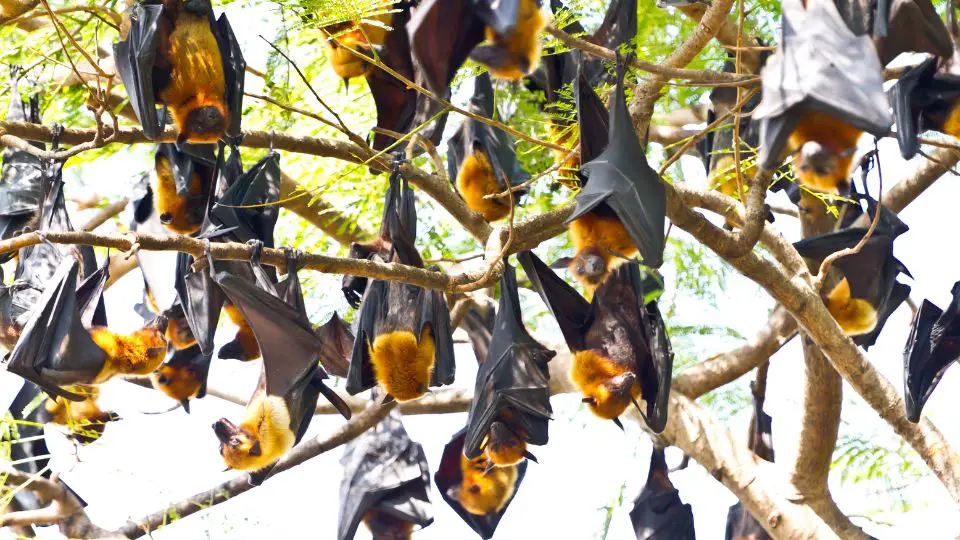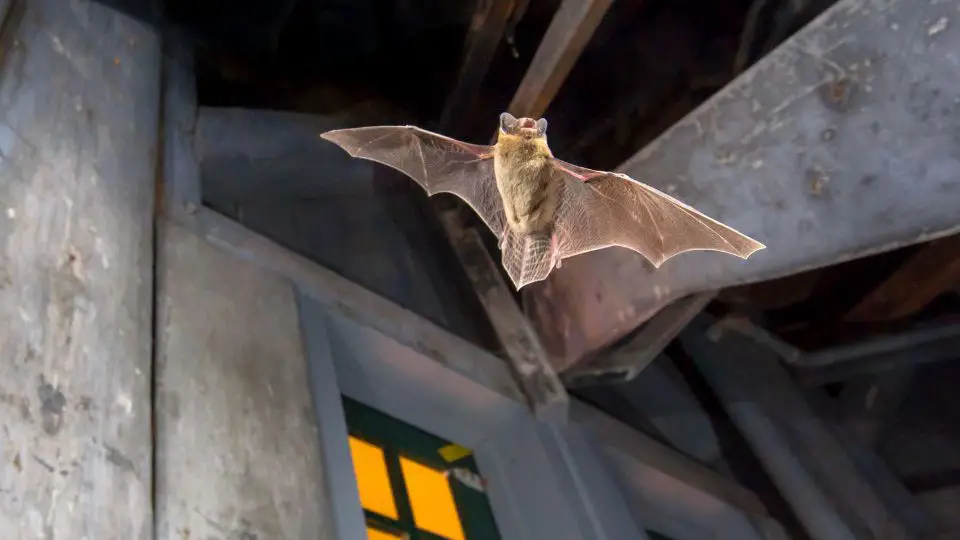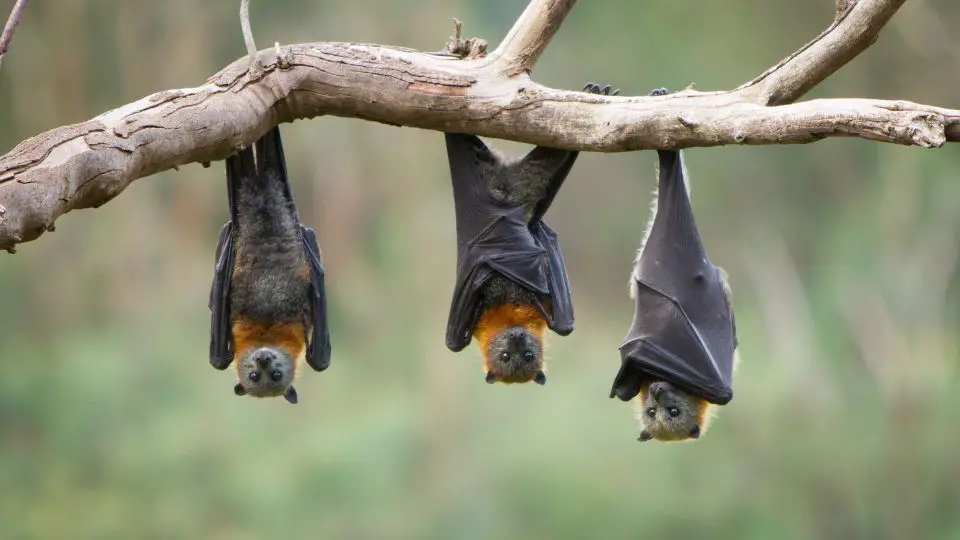You can often find signs of a bat infestation by looking for greasy markings on the wall, droppings on the floor, and the presence of bats in the area. Bats are also known to use attics, garages, and crawl spaces as their homes.
Do you sometimes find yourself hearing strange noises in your attic at night? Are mysterious, black droppings starting to appear around your property?
If so, you may very well be dealing with a bat problem.
Bats are susceptible to various illnesses that may be dangerous to humans. The SARS-CoV-2 virus is theorized to have even originated from these creatures. Dealing with an infestation can protect you and your family from diseases such as rabies.
If you think you might have bats roosting in your home, you can do a few things to confirm your suspicions. Read on to learn how to identify bats or a bat’s nest.
Table of Contents
Do bats have a nest?
Not quite. While bats don’t construct nests the same way birds do, they return to their roosts year after year.
They’re habitual creatures, only changing their roosts when they have to care for baby bats or during hibernation. But once those months have passed, it’s not unusual for them to return to the same roosting spot.
If you’re suspicious of a bat problem, here are some signs that bats are currently living in or around your property:
- Chirping sounds, especially at night
- Greasy wall and ceiling stains
- Bat guano, or droppings
- Presence of bats at dusk time
- Dead bats on your property
- An acrid odor in your attic
Some bat species, like red bats, roost individually. Most species like fruit bats roost in colonies ranging from hundreds to thousands of other bats.
If you do have a significant infestation, you may be able to see the bats exiting your home at dusk. During this time, they find a stream or river to hydrate and then carry on their search for food.

Where do bats like to nest?
Bats tend to roost in dark, sheltered areas. They choose structures already present, like caves, trees, and the crevices of buildings. If you believe that you might have bats living in or around your home, they’re likely roosting in your attic, garage, or crawl space. They may also find refuge in treetops, under bridges, or in a birdhouse.
How do you get rid of bats nesting?
As mentioned earlier, bats don’t build nests like birds. However, they tend to stick in one place to rest and raise their young. If you’re dealing with a bat problem, the best way to deal with them is to drive them away from their regular roosting grounds permanently.
You’ll need to identify the points of entry the bats use to get into your home. Determine whether you’re dealing with a single bat or an entire colony.

Once you’ve gathered a figure, consider these eight strategies for removing them:
Seal Entry Points
If your attic has an open vent or window, keep it closed to keep the pests away. Give your home a good inspection to identify any small cracks or gaps the bats could be used to get inside. These can be filled with caulking or steel wool.
Ensure no bats are inside your home before sealing the gaps.
Use One-Way Exit Screens
You can also use one-way exit screens to allow the bats to leave your home but prevent them from getting back in. This practice is known as exclusion—occurring when animals have the means to leave their nest but are restricted from returning.
Use Peppermint Oil
Peppermint oil or mint-based products serve as a natural repellent for bats. Bats are repulsed by the scent of menthol and will avoid areas that smell like it.
Use Cinnamon
In places where there’s a bat infestation, place cinnamon sticks or ground cinnamon to deter the bats. The pungent smell of cinnamon will drive bats away from roosting in that area. Your house will also smell great in the process.

Keep the Lights On
Bats are nocturnal creatures that sleep during the day and come out at night to hunt. By keeping your property well-lit, you’ll deter bats from roosting there. Flashing and motion-activated lights are an effective way to keep bats away.
Raise the Temperature
Bats are sensitive to high temperatures and will avoid areas that are beyond the range of 70 to 90 degrees. You can use a space heater or raise your home’s temperature to ward away these pests.
Use Ultrasonic Repellents
Ultrasonic repellents are devices that emit high-pitched sounds that only bats can hear. These devices are designed to keep bats away from roosting areas without bothering humans or pets.
Hire a Pest Control Professional
Hiring a pest control professional is always an option for homeowners not comfortable dealing with a bat colony on their own. They’ll be able to identify the entry points the bats are using and control the population.

